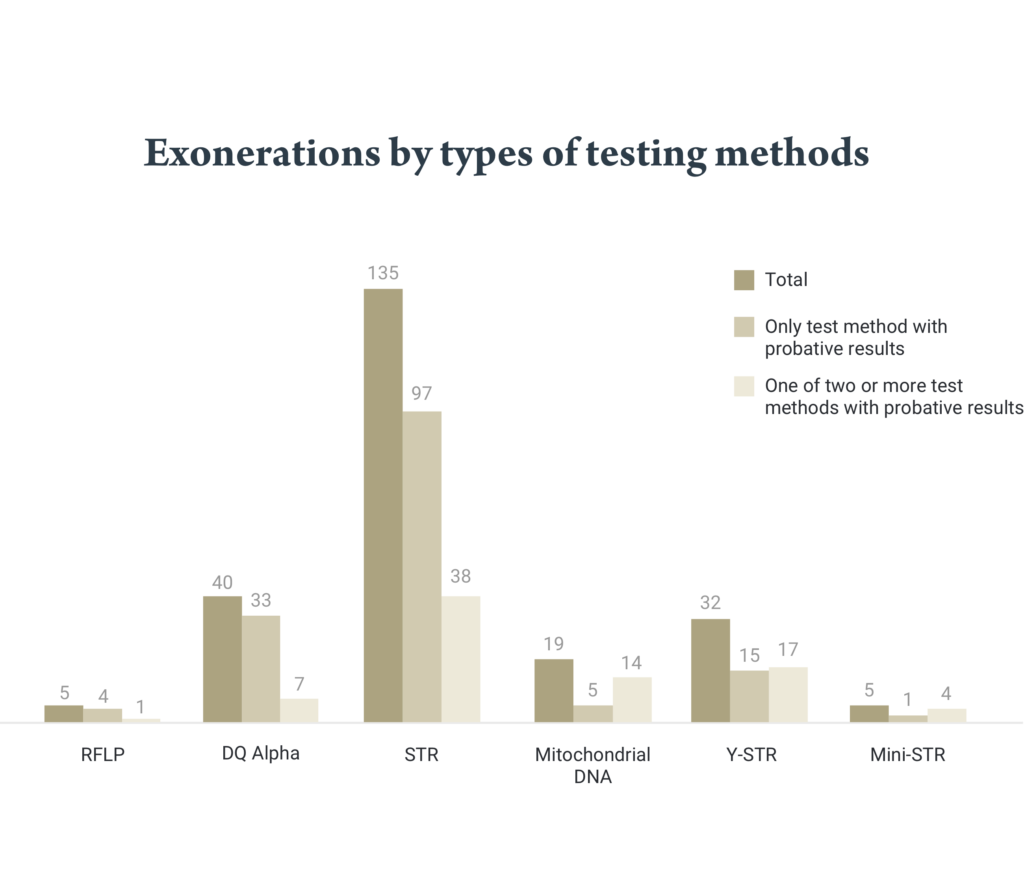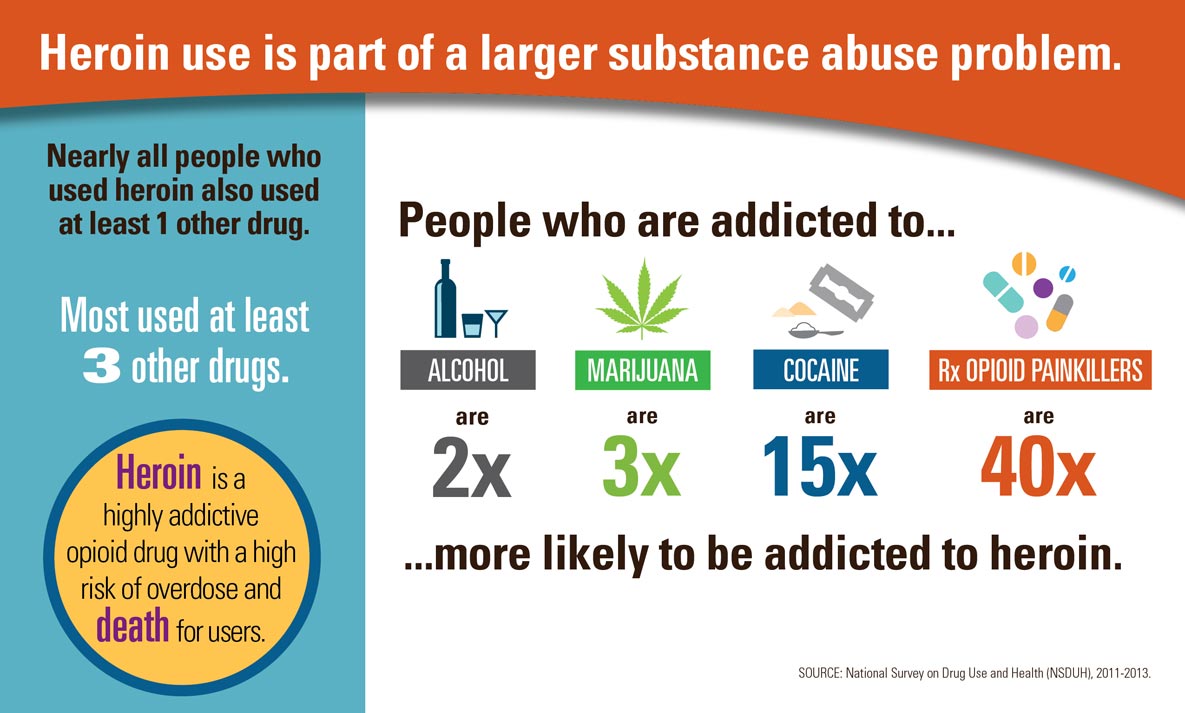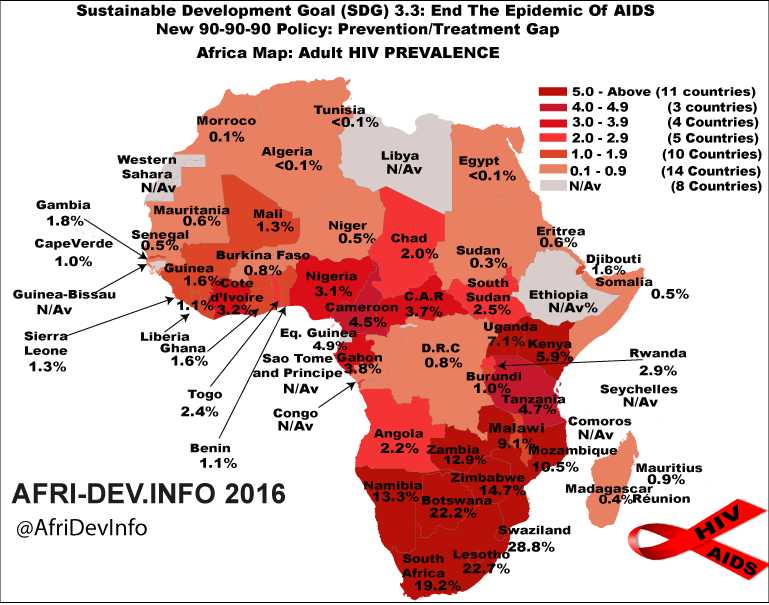Global hunger rates down but 850 million still suffer
Table of Contents
Table of Contents
If you ever wonder how many people worldwide suffer from malnutrition, here’s some warning- it’s far more than you think. World starvation statistics reveal that every night, over eight hundred and fifteen million individuals worldwide go hungry, the large majority of them being in impoverished and developing nations.
Pain Points of World Starvation Statistics
The world starvation statistics would show you the most critical issues that the globe is unable to tackle without raising awareness of the issue. Inadequate food distribution, climate change, population expansion, inequality, and economic instability all add to starvation. If left untreated, world starvation statistics warn that hunger’s adverse consequences can result in death; it can weaken the immune system and lead to a range of infectious diseases, decreased energy levels, and hinder brain development in children. Malnourishment causes stunted growth, which can lead to lengthy problems throughout life, including stunted cognitive development, height, and a lower immune system.
Answering the Target of World Starvation Statistics
The objective of world hunger statistics is to help identify the magnitude of the challenge, highlight the complexities of its various aspects, and find solutions to deal with hunger. Governments and other organizations use these statistics to understand the significant issues’ magnitude and to encourage discussions about how to grow breakthroughs and mitigate starvation-related crises.
Summary of World Starvation Statistics
World starvation statistics uncover worrying numbers when it comes to hunger and malnutrition. Over 815 million people worldwide do not have enough food to eat. Climate change, inequality, poverty, inadequate food distribution, and economic instability are a few of the reasons behind this. Malnutrition has several adverse effects, including stunted growth, weakened immune systems, infectious diseases, and hindered cognitive development.
The Impact of World Starvation Statistics
Starvation has a profound impact on individuals’ lives and on the communities affected by it. It’s possible to read world starvation statistics and think about them intellectually, but nothing can compare to hearing a firsthand account of hungry people’s reality. A woman who experienced malnutrition stated, ‘The worst feeling in the world is not being able to feed your children. It’s not just hunger; it’s the stress of constantly worrying about where our next meal will come from.’

If world hunger is left unaddressed, the pandemic’s already devastating effect may continue to worsen. A recent report mentions that pandemics linked to malnutrition are ten times more deadly than the disease itself.
What You Can Do
 Below are some simple things you can do to alleviate hunger and contribute to eliminating world malnutrition:
Below are some simple things you can do to alleviate hunger and contribute to eliminating world malnutrition:
- Make it a habit to donate a canned or boxed item of food each week to food banks or pantries.
- Support local farmers by shopping at farmer’s markets to help them earn a decent income.
- Reduce loss and waste of food by consuming what you purchase and learning the distinction between expiration dates and sell-by dates.
The Fundamental Reasons Behind World Starvation Statistics
 The main reason behind world starvation statistics is economic inequality, according to experts. The less wealthy people can purchase food and other vital goods, the more it becomes a struggle for them to put together meals and make ends meet.
The main reason behind world starvation statistics is economic inequality, according to experts. The less wealthy people can purchase food and other vital goods, the more it becomes a struggle for them to put together meals and make ends meet.
The Role of Climate Change in World Starvation Statistics
Since the rise in temperatures can reshape the geography of agriculture, the impact of climate change on world hunger is significant. The population’s dependence on agriculture has never been higher, and with climate change at hand, droughts and alterations in precipitation could cause the crops to fail.
Question and Answer
What are the most significant factors contributing to world hunger?
Climate change, economic instability, poverty, inequality, and food scarcity are the leading factors leading to malnutrition worldwide.
How many people suffer from malnutrition globally?
According to the World Food Program (WFP), around 821 million people worldwide go hungry.
What can individuals do to contribute to the elimination of malnutrition?
There are many things one can do, including contributing to food banks, supporting small-scale local farmers, and reducing food waste.
What impact does malnutrition have on a population?
Malnutrition can weaken an individual’s immune system and lead to infectious diseases, hinder cognitive growth, and sustain lengthy complications throughout life, including stunted height and cognitive development. Malnutrition’s most severe impact is death.
Conclusion of World Starvation Statistics
In conclusion, world starvation statistics show that 815 million individuals live with hunger worldwide. Malnutrition is driven by economic inequality, climate change, and various other systemic problems. Malnourishment can cause significant developmental problems in children and various long-term impacts in the future. The world has the resources it needs to tackle hunger, but people need to learn about the issue and contribute to the solutions.
Gallery
Why Does Hunger Still Exist In Africa? | Bill Gates
Photo Credit by: bing.com / hunger africa does exist still why where gatesnotes children malnutrition stunting happen infographics stunted countries starving people hungry infographic poverty
World Hunger Facts | Kansas Living Magazine
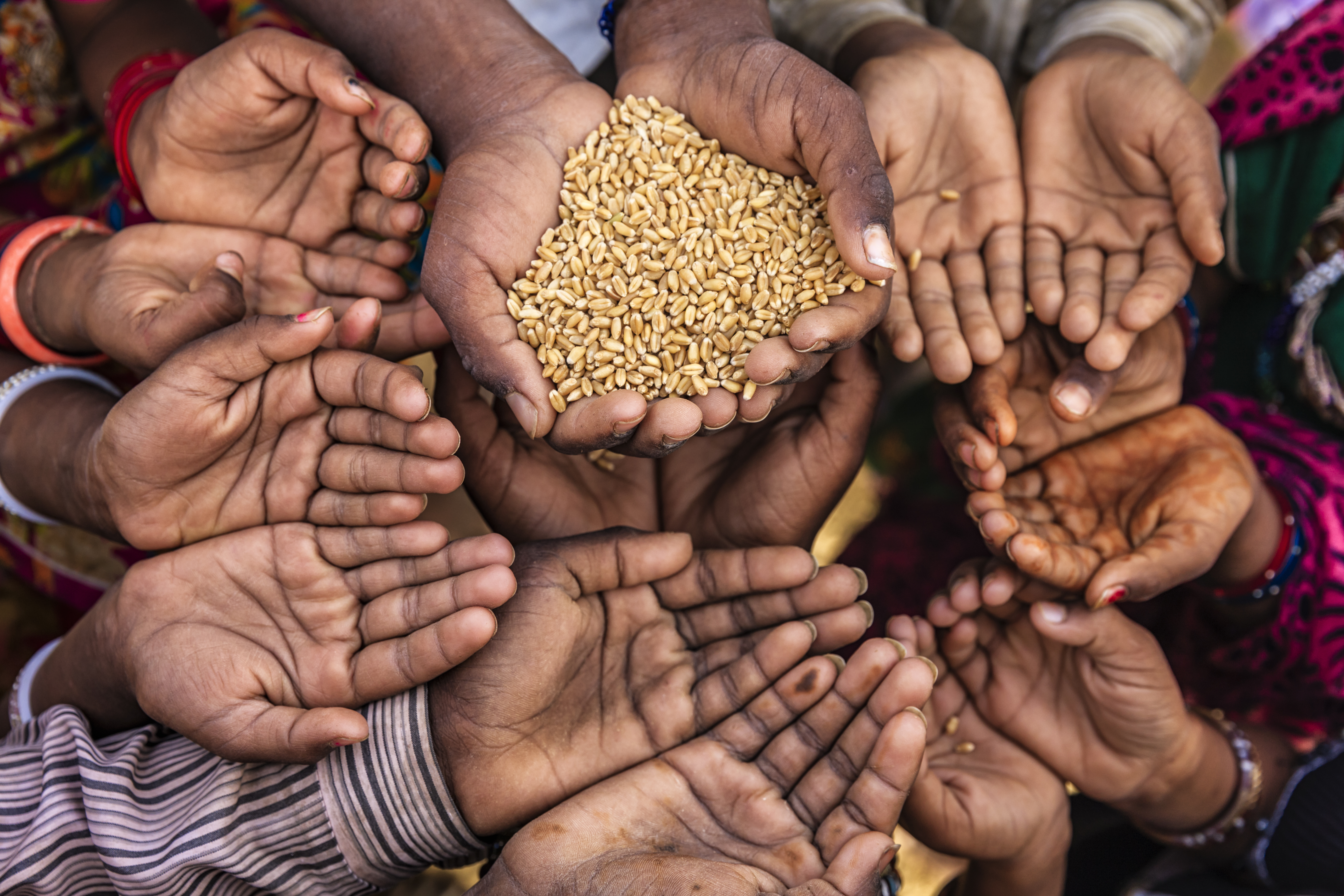
Photo Credit by: bing.com / hunger facts
Famines - Our World In Data
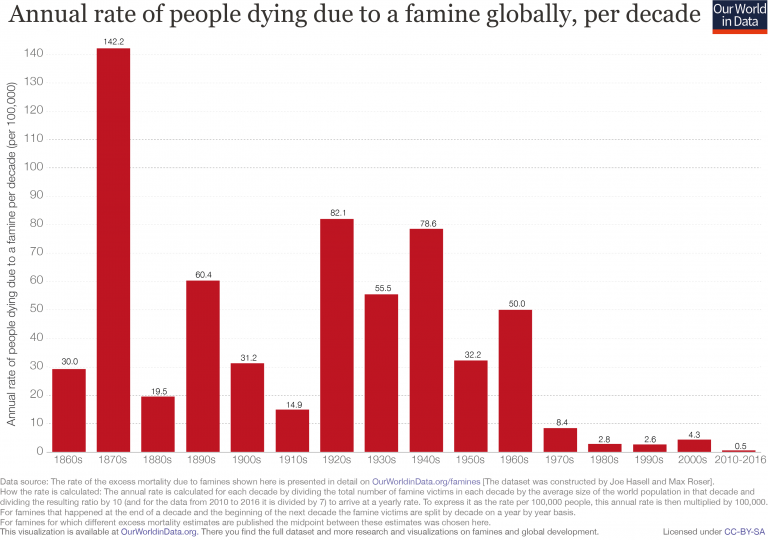
Photo Credit by: bing.com / famine famines mortality plastics kennis gelijkheid strijd heroverd vrijheid vooruitgang verlichting 1860s ourworldindata hypothesis
World Hunger Statistics — ECHO

Photo Credit by: bing.com / hunger people many die statistics poverty facts children million around worldwide hungry poor age under africa deaths died asia were
Global Hunger Rates Down, But 850 Million Still Suffer - Humanosphere

Photo Credit by: bing.com / hunger suffer humanosphere


